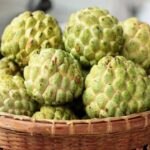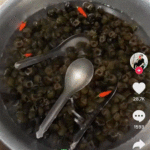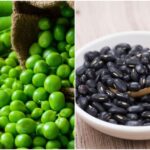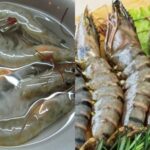This doctor shared: “This study was conducted on humans and lasted for 3 months, helping to measure the value of glycated hemoglobin, which can detect blood sugar levels. If I hadn’t seen the results of this study, I wouldn’t have believed that raisins are beneficial for controlling human blood sugar.”
How do “sweet” raisins help control blood sugar?
Joining a health program on television, Dr. Jiang Shoushan at Mackay Memorial Hospital in Taipei, said that experimental studies have found that the glucose in raisins can actually help control blood sugar levels.
Research on the relationship between raisins and blood sugar has shown that people who eat raisins as a snack compared to other snacks can reduce post-meal blood sugar by 23%. These individuals also had a 19% reduction in fasting blood sugar and a significant decrease in systolic blood pressure. Raisins can also help regulate the release of leptin and ghrelin, the hormones responsible for signaling the body when it’s hungry or full – another key in preventing blood sugar spikes. By checking these hormones, people who eat raisins can improve their chances of maintaining a healthy diet and preventing overeating.
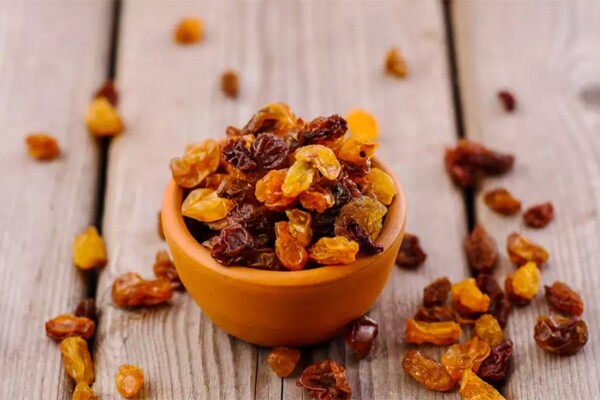
Raisins. (Illustration).
In another study in the US, researchers evaluated 10 healthy participants, including 4 males and 6 females, to see how raisins affect blood sugar control. The participants consumed four breakfast meals over a period of 2-8 weeks. The researchers monitored their blood sugar and insulin levels for two hours after each meal. They ate two breakfasts of white bread and two breakfasts with raisins. The researchers found that after eating raisins, the participants had a significantly lower glucose and insulin response compared to after eating white bread. These findings further reinforce the conclusion that raisins can positively impact blood sugar levels.
Especially for people with diabetes, consuming foods with a low or medium glycemic index can help control their blood sugar and ultimately help manage their diabetes. Meanwhile, raisins fall into the category of having a medium level of fructose.
What foods help lower blood sugar levels?
– High-fiber foods
Dietary fiber can be classified into two main types: insoluble fiber and soluble fiber. These types depend on how the fiber interacts with water and affects your body. According to a 2022 study in the journal Foods, soluble fiber, in particular, is beneficial for helping regulate blood sugar because it forms a gel-like substance when dissolved in water, slowing down the digestion and absorption of carbohydrates.

Fiber is essential for the body. (Illustration)
When you eat fiber-rich foods such as whole grains, beans, and certain fruits and vegetables, the sugar from these foods is released into the blood more slowly, preventing sudden spikes and drops in blood sugar levels.
To increase your fiber intake, don’t forget to eat avocados, beans, and vegetables daily and drink plenty of water.
– Seafood
Seafood such as fish and shellfish provide protein, healthy fats, vitamins, minerals, and antioxidants that can help regulate blood sugar. Protein is essential for blood sugar control because it helps slow down digestion, preventing blood sugar spikes after meals. It can also help curb overeating and promote fat loss in the body, two essential aspects of healthy blood sugar management.
– Some types of berries
Foods like blueberries are high in fiber and antioxidants. This will help lower blood sugar and inflammation in the body. One study showed that strawberries help reduce diabetes complications such as kidney disease and nerve damage.
– Vegetables, especially kale
Kale is known as a “superfood” because it contains many substances that can help lower blood sugar, such as fiber and flavonoid antioxidants. A study involving 42 Japanese adults showed that consuming 7 to 14 grams of kale-containing food with a carbohydrate-rich meal could reduce the spike in blood sugar levels after eating.
You can also eat beans. This food group is rich in magnesium, fiber, and protein, all of which can help lower blood sugar. Beans and lentils also contain soluble fiber and resistant starch, which slow down digestion and fight against blood sugar spikes after meals. Eating beans and lentils is not only beneficial for regulating blood sugar but may also help prevent the development of diabetes.
The Perfect Boiled Shrimp: A Delicate, Sweet, and Savory Delight
“Steamed shrimp is a delicious and nutritious dish that can be enjoyed as a refreshing treat. However, not everyone knows the secret to preparing it in a way that eliminates any unwanted fishy taste. With the right techniques and ingredients, you can transform this seafood delight into a mouth-watering sensation that will leave your taste buds craving for more. Imagine serving up a plate of tender, juicy shrimp that tastes absolutely divine – it’s an art that can be mastered with the right guidance.”
























